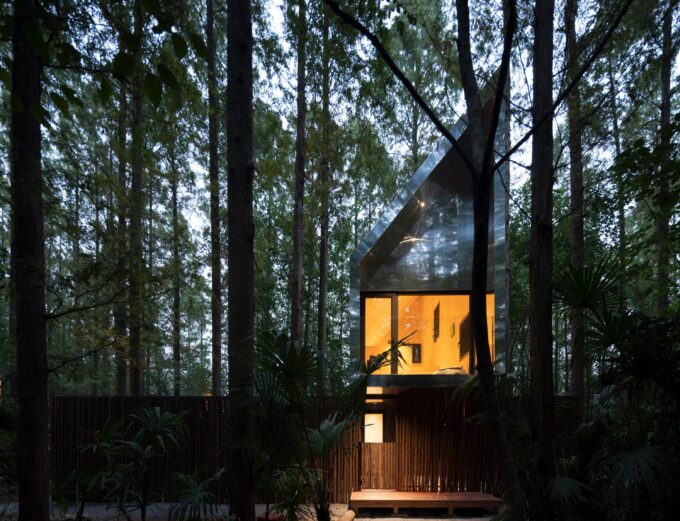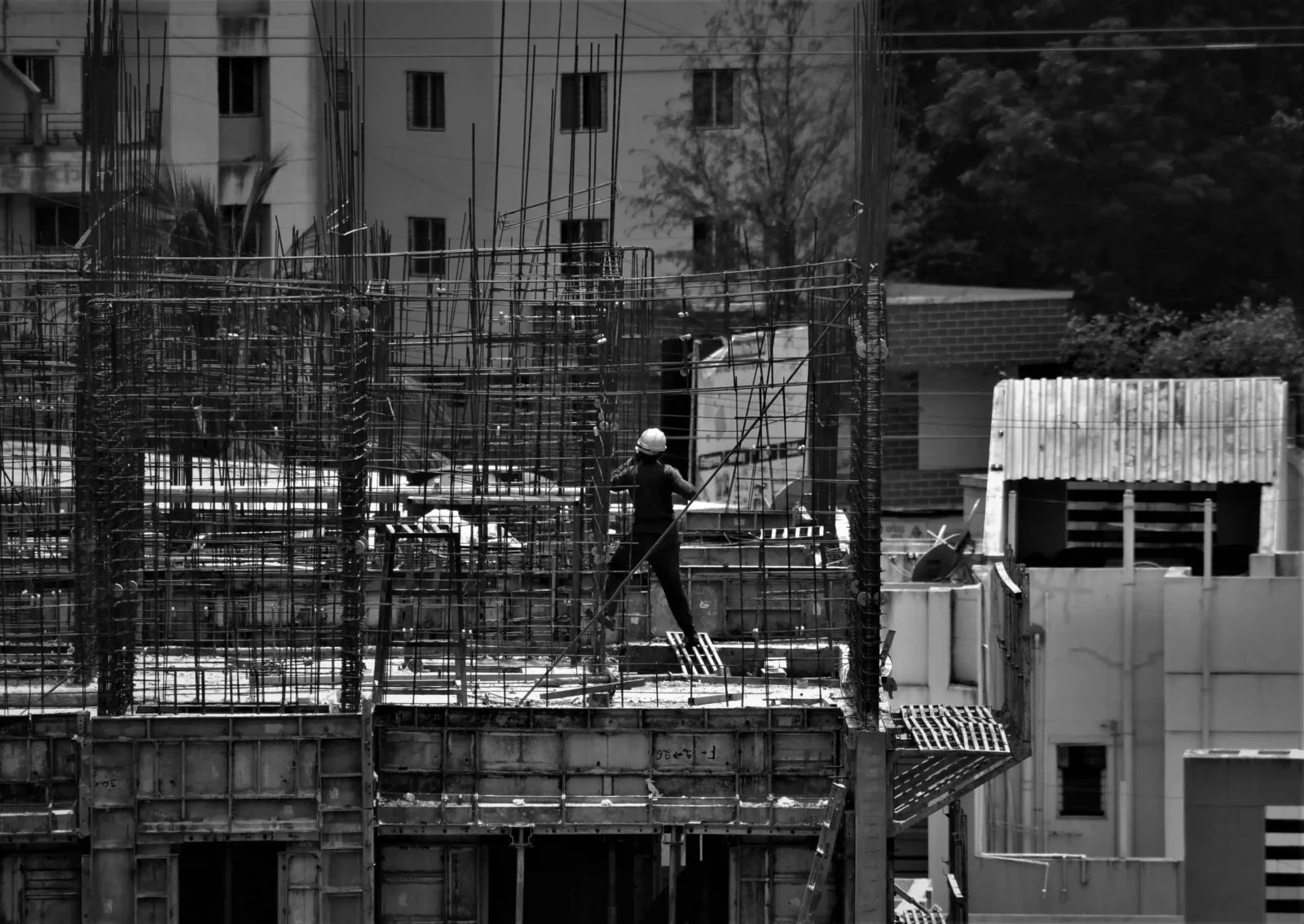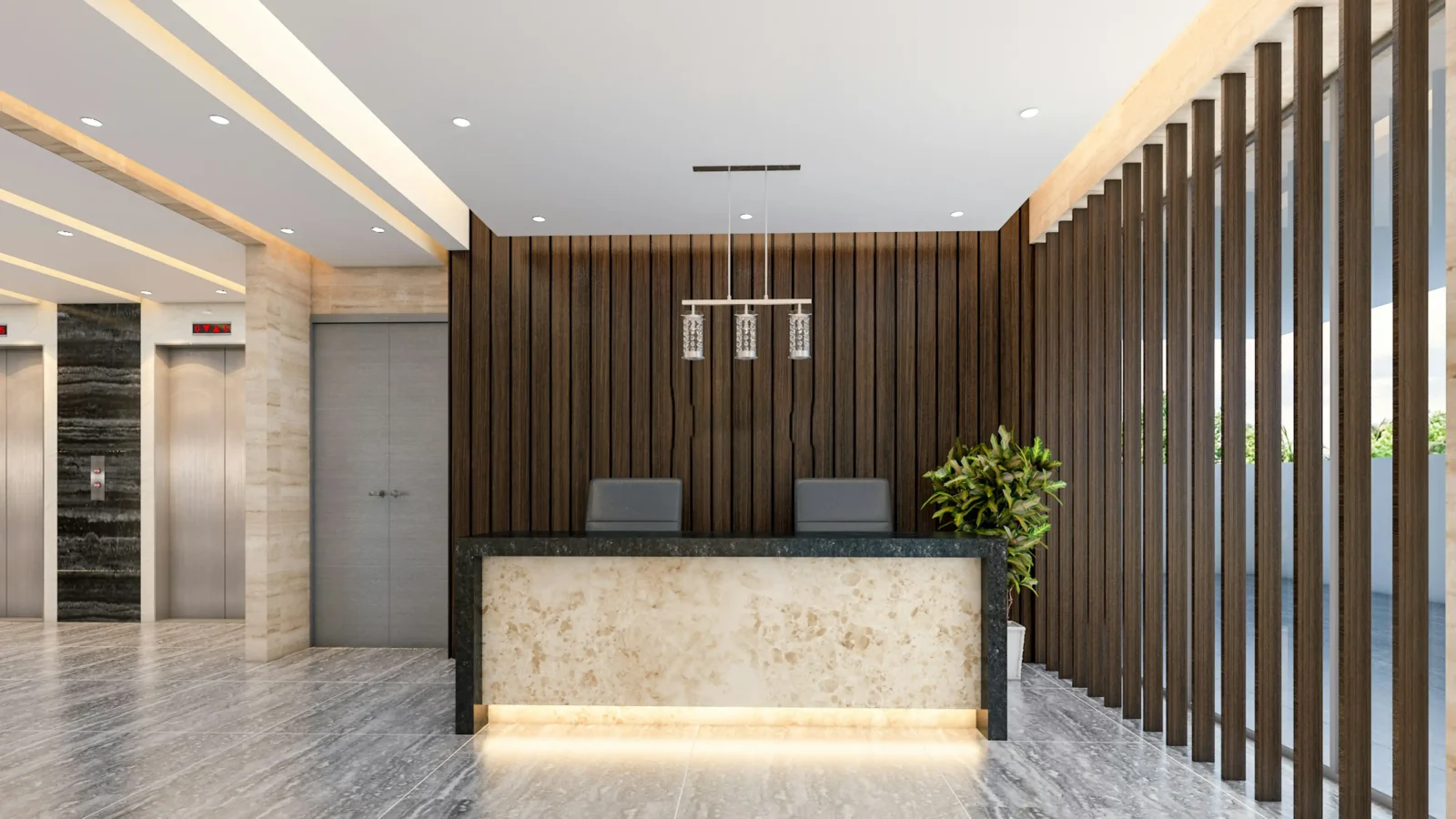- Home
- Articles
- Architectural Portfolio
- Architectral Presentation
- Inspirational Stories
- Architecture News
- Visualization
- BIM Industry
- Facade Design
- Parametric Design
- Career
- Landscape Architecture
- Construction
- Artificial Intelligence
- Sketching
- Design Softwares
- Diagrams
- Writing
- Architectural Tips
- Sustainability
- Courses
- Concept
- Technology
- History & Heritage
- Future of Architecture
- Guides & How-To
- Projects
- Interior Design
- Competitions
- Jobs
- Store
- Tools
- More
- Home
- Articles
- Architectural Portfolio
- Architectral Presentation
- Inspirational Stories
- Architecture News
- Visualization
- BIM Industry
- Facade Design
- Parametric Design
- Career
- Landscape Architecture
- Construction
- Artificial Intelligence
- Sketching
- Design Softwares
- Diagrams
- Writing
- Architectural Tips
- Sustainability
- Courses
- Concept
- Technology
- History & Heritage
- Future of Architecture
- Guides & How-To
- Projects
- Interior Design
- Competitions
- Jobs
- Store
- Tools
- More
Ultimate Guide to Building a Low-Cost House for Retirement in the USA
Discover how to build a low-cost house for retirement in the USA without sacrificing comfort or quality. This guide covers smart budgeting, location selection, sustainable materials, and DIY tips to create a safe, accessible, and energy-efficient home.

Retirement is a time to embrace simplicity, and what better way to do that than by building a cozy, low-cost home tailored to our needs? Many of us dream of a peaceful retreat without breaking the bank, but the process can feel overwhelming without the right guidance. Thankfully, creating an affordable yet comfortable space is more achievable than we might think.
By carefully planning and making smart choices, we can design a home that balances cost, comfort, and sustainability. From selecting the perfect location to choosing budget-friendly materials, every step matters. Let’s explore how we can turn our vision of a budget-friendly retirement home into reality while keeping costs in check and our future secure.

Table of Contents
ToggleUnderstanding The Needs For A Retirement Home
Identifying priorities ensures the retirement home aligns with long-term goals. Key factors like safety, accessibility, comfort, and affordability take precedence when designing a retirement space. Each aspect requires tailored consideration to create a home suited for aging in place.
Emphasizing safety and accessibility reduces physical challenges in day-to-day living. Features such as non-slip flooring, grab bars in bathrooms, and wheelchair-friendly ramps or doorways ensure ease of movement and safety for occupants.
Prioritizing comfort and convenience fosters a stress-free retirement lifestyle. Energy-efficient HVAC systems, space-saving layouts, and dedicated relaxation areas like patios enhance daily living experiences while keeping maintenance minimal.
Focusing on affordability helps preserve financial stability. Selecting cost-efficient materials, leveraging energy-saving fixtures, and optimizing the use of space within smaller floor plans reduce expenses and long-term costs.
Understanding these needs sets the foundation for a home designed to support a secure and fulfilling retired life.
Budgeting For A Low-Cost House
Building a retirement home on a budget requires careful financial planning. By estimating costs and prioritizing features, we can effectively manage expenses without sacrificing quality or comfort.
Estimating Costs
Identifying potential expenses early simplifies budget management. We calculate costs for land, construction, permits, labor, and materials to get a clear picture. According to the National Association of Home Builders, average construction costs run about $163 per square foot, but regional differences may vary. For example, midwestern states generally have lower land prices than coastal areas.
Breaking costs into categories like design fees, foundation work, and roofing helps track where funds go. Factoring in hidden costs such as utilities setup, appliances, and landscaping avoids overruns. Using free online cost calculators specific to the region offers a preliminary estimate for financial preparedness.
Prioritizing Features And Savings
Focusing on features tied to safety, comfort, and sustainability ensures we allocate funds effectively. For savings, we choose durable materials such as concrete or brick for longevity, reducing future repair costs. Prefabricated homes can lower labor costs by 10-25% compared to traditional builds.
Energy-efficient systems, like solar panels and insulated windows, save on utility bills over time despite higher upfront expenses. Opting for multi-functional layouts, such as combined living-dining areas, optimizes space and limits construction costs. By prioritizing features that enhance day-to-day living, we balance affordability with long-term benefits.

Choosing The Right Location In The USA
Selecting the right location is a crucial step in building a low-cost retirement house. The choice affects affordability, accessibility, and overall quality of life.
Affordability Of Locations
Research property prices in affordable regions to manage costs effectively. States like Arkansas, West Virginia, and Mississippi offer lower land prices, with average costs below $10,000 per acre in rural areas. Tax considerations also play a role; states like Florida, Nevada, and Texas have no state income tax, which can reduce living expenses.
Understand local living costs when choosing a location. For instance, utilities, transportation, and property taxes are generally lower in rural and suburban areas compared to urban centers. Balancing land affordability with the cost of living ensures long-term financial stability.
Proximity To Amenities And Healthcare
Ensure the location provides easy access to essential amenities and healthcare. Retirement-friendly towns like Asheville in North Carolina and Mesa in Arizona feature senior-friendly facilities near residential areas. Supermarkets, recreation centers, and pharmacies within a 15-minute drive enhance convenience.
Prioritize quality healthcare services close to the property. Locations within 30 minutes of a top-rated hospital, like those in Pittsburgh, Pennsylvania, or Rochester, Minnesota, ensure better medical access in emergencies. Including local primary care providers and specialists in the decision-making process ensures ongoing care.

Selecting The Best Building Materials
Choosing the right building materials plays a key role in constructing a low-cost, sustainable retirement home. Prioritizing energy efficiency and durability can reduce costs over time while ensuring comfort and longevity.
Energy-Efficient Options
Using energy-efficient materials helps minimize utility expenses, especially long-term. Insulated concrete forms (ICFs) and structural insulated panels (SIPs) improve thermal insulation, reducing heating and cooling demands. Cool roofing materials, like reflective shingles or metal roofs, lower cooling costs by deflecting sunlight. Double-pane windows with low-emissivity (Low-E) coatings enhance insulation and block UV rays, maintaining interior temperatures. For walls, insulated vinyl siding or fiber cement siding provides both durability and efficiency.
Examples of energy-efficient systems include LED lighting and programmable thermostats, which further optimize energy usage. Insulating materials, like spray foam or rigid foam boards, ensure high R-values for better thermal resistance, aligning with retirement living priorities focused on comfort and reduced maintenance costs.
Durable And Cost-Effective Materials
Durable, low-maintenance materials lower repair and replacement costs over time, which is important for retirement homes. Concrete blocks and steel frames offer excellent structural strength and resist environmental wear. Engineered wood products, such as laminated veneer lumber, provide a cost-effective alternative to solid wood without compromising durability. Vinyl flooring withstands heavy use and is moisture-resistant, making it practical for high-traffic areas.
Recycled materials lower overall expenses and offer sustainability benefits. Reclaimed wood or salvaged bricks can be incorporated into unique designs while reducing material waste. In furniture and fixtures, composite products, like quartz countertops, combine aesthetics with long-lasting performance. By focusing on affordability without sacrificing quality, we ensure a retirement home remains functional and financially sustainable for decades.

Finding Affordable Contractors And Services
Identifying affordable contractors and services ensures cost-effective construction without compromising quality. We can research local professionals specializing in budget-friendly housing construction by leveraging online platforms like HomeAdvisor and Angi. Customer reviews and ratings provide valuable insights into reliability and expertise.
Requesting detailed quotes from multiple contractors helps compare costs and avoid unnecessary expenses. It’s important to ensure the quotes include materials, labor, and potential contingencies. By negotiating terms and verifying licenses, we minimize risks and ensure legal compliance.
Utilizing community networks offers another avenue to find cost-effective services. Local retirement groups or social media communities often share contractor recommendations based on firsthand experiences. Networking with neighbors in the area can help identify trusted professionals offering reasonable rates.
Prioritizing contractors with experience in energy-efficient and sustainable construction is key. Those familiar with methods like solar panel installation, SIPs, or ICFs can reduce long-term expenses through energy savings, ultimately aligning with our retirement housing goals.
DIY Options To Lower Construction Costs
Reducing construction expenses through DIY efforts can make retirement housing more affordable. By handling certain tasks independently, we can cut down on labor costs and customize elements to match our needs.
- Design and planning: Creating a basic floor plan and design ourselves saves on architectural fees. Online software tools, like SketchUp or Floorplanner, provide user-friendly platforms for drafting designs suitable for small retirement homes.
- Material sourcing: Purchasing materials directly from wholesalers or sourcing recycled items, such as reclaimed wood and bricks, reduces costs without sacrificing quality. Recycled materials can add unique charm while remaining environmentally friendly.
- Foundation preparation: Clearing and leveling the land manually for smaller sections brings down excavation costs. This step is feasible for those with suitable tools and the physical ability to perform light construction tasks.
- Interior finishings: Painting walls, installing flooring, and assembling furniture ourselves eliminates the expense of hiring specialists. Focusing on simpler tasks, like tiling or cabinetry, ensures quality with minimal financial outlay.
- Outdoor landscaping: Planting trees, creating garden pathways using gravel or stone, and setting up simple irrigation systems can be managed independently, lowering landscaping expenses significantly.
Prioritizing manageable DIY tasks lets us save on costs while preserving quality, making low-cost retirement housing a more practical reality.
Conclusion
Designing and building a low-cost house for retirement requires a blend of strategic planning and informed decisions. By focusing on accessibility, safety, and energy efficiency, we can create a home that’s both functional and comfortable. Streamlining expenses through careful budgeting, material selection, and location research ensures that our financial goals remain intact.
Exploring affordable housing markets and prioritizing features tailored to retirement needs enables us to save on costs without sacrificing quality. Leveraging contractor expertise alongside DIY efforts provides a balance between professional construction and personal involvement, reducing expenses further. With these approaches, we can build a retirement home that aligns with our lifestyle and financial priorities.
- affordable homes for retirees
- affordable retirement living ideas
- affordable retiring in USA
- budget-friendly retirement homes
- building a retirement home cheaply
- building an affordable retirement home
- cheap housing for seniors
- cost-effective retirement homes
- cost-saving home building for retirees
- DIY retirement house construction
- economical senior living USA
- financially smart retirement housing
- frugal living retirement house plans
- frugal retirement home options
- inexpensive houses for retirement
- low-budget retirement living
- Low-cost retirement house USA
- low-cost senior living options
- minimalist homes for retirement
- retirement homes on a budget USA
- thrifty senior housing solutions
Submit your architectural projects
Follow these steps for submission your project. Submission FormLatest Posts
Best Tools for Tracking Construction Labor Hours
Quick View of the Products Listed Best Overall: Workyard – Complete construction...
More Than a Gate: Designing a Secure and Stylish Home Entryway
A property’s entrance tells a story before a single guest steps inside....
Employer Liability and Smartphones: When Work Texts Cause Crashes
In today’s connected world, it’s nearly impossible to separate work from daily...
What Are the Best Topics for Architectural CE?
By now, every architect in the United States understands that continuing education...












Leave a comment